Here are a few more books I finished over the last few months and some insights I gleaned from each.
1. Beginning to Read by Marilyn Adams
I didn’t expect to find a 500-page book on the science of early reading to be interesting. But I was enthralled—both by the amount of work that has been done on figuring out how people learn to read (and the best way to teach them) and by what it implies for learning other skills.
Fluent readers can comprehend text at a rate of several words per second. Given this, it’s easy to believe that we skim over words, infer the text by its likely context or don’t pay attention to the letters. Fascinatingly, studies show that this isn’t the case: good readers fixate on nearly every word in a sentence and seem to pay attention to nearly every letter in each word.
We manage to do this because the sound-spelling patterns are so thoroughly overlearned that unconscious neural networks, acting simultaneously, perform the cognitive “work” of decoding text.
In light of this, Adams argues that the best way to learn to read is, first, to learn systematically the basic sound-spelling combinations in language (i.e., phonics), and second, to engage in lots and lots of reading where attention is focused on the sequence of letters to identify words.
I may eventually do a fuller write-up of Adams’s book, as it contains a lot of nuggets for thinking about other skills that haven’t been researched as thoroughly as learning to read.
2. Social Learning Theory by Albert Bandura
In this psychology classic, Albert Bandura introduced the idea of self-efficacy to studies of motivation.
Many early theories of motivation focused on expected benefits. If I thought the likely outcome of action X would be good for me, I’d feel motivated to do X. In contrast, if X involved risk or harm, I’d feel averse to taking that action.
Yet these theories seem ill-equipped to explain the diversity of motivation we see in practice. Why do some students study hard for a test while others slack? Moreover, why do we fail to motivate ourselves to do things we readily understand are in our self-interest?
Bandura argued that it wasn’t merely our sense of the presumed benefits of taking an action, but also our beliefs about our ability to take that action, that influenced our motivation. A student who thinks she can’t pass, no matter how hard she studies, won’t be motivated—even if the cost of failure is high.
We gain self-efficacy for specific actions by seeing them done by others or, better yet, succeeding with them ourselves. Mastery experiences can become a reinforcing cycle, as experiencing success leads to greater self-efficacy and motivation.
3. Visible Learning by John Hattie
What works in education? Unfortunately, the answer is seemingly everything. Every pet theory and learning technique has some supporter, armed with a study showing how well it works. But when everything works, what should you focus on?
One way around this quagmire is through meta-analyses. This technique groups together many studies to find the average effect of an intervention. Hattie’s book goes even further, compiling 800 different meta-analyses in education to see a bird’s-eye view of what works well for learning.
Hattie concludes that feedback plays a central role: not just the feedback of correcting students’ mistakes, but feedback to the teacher on what students are learning and failing to grasp. Mastery learning, direct instruction and reciprocal teaching fare well in Hattie’s analysis.
This was my second time through Hattie’s book, and I’m sure it won’t be my last.
4. The Handbook of Creativity edited by Robert Sternberg
Creativity is one of our most mythologized abilities. It’s also one of the most poorly understood.
I found this book useful for comparing different perspectives on creativity, including the role of expertise, chance, social environment and personality traits in what results in creative thinking.
The gist I get from reading these different perspectives is that creativity is a combination of:
- Individual problem-solving ability. Like routine problem-solving, this is a process of applying previous knowledge to generate new options.
- Social recognition. Whether something is “creative” is a judgement based on prevailing opinions rather than an intrinsic trait of the thing itself.
- Risk-taking and randomness. A “creative” vs. “routine” expert might be distinguished by the former’s willingness to bet big on risks.
Creativity is not a “skill” in this view. It’s not something you can practice or learn how to do. Instead, it’s a by-product of acquired expertise and a willingness to take intellectual risks.
Thus, the best way to be more creative is to learn a lot and take a lot of swings.
5. Implementing Mastery Learning by Thomas Guskey
Mastery learning is one of the more effective pedagogical techniques for achievement, with powerful effects among weaker students.
The basic idea is simple: students are given lots of interim tests that don’t count for grades. Those who don’t demonstrate mastery of the material are given new explanations and opportunities to succeed. The end goal is that 95% of students should pass the class.
Mastery learning tends to improve outcomes by one-half to one standard deviation, which puts it in Hattie’s zone of desired effect sizes (see #3).
6. Human Performance by Paul Fitts and Michael Posner
This book is a classic for introducing Fitts and Posner’s three stages of skill acquisition:
- Cognitive. This is where you learn, explicitly, “how” to perform the skill. Learning in this stage involves trying to apply instructions or explanations in practice.
- Associative. Here, you’re practicing on your own and trying to eliminate major errors.
- Automatic. Finally, skills recede from conscious awareness as the mechanism for executing them relies less and less on our working memory systems.
Automaticity has advantages and disadvantages.
The advantage is that it frees up resources to do other things. For skills like reading or driving, this can be essential. If you can’t automatically recognize words or manipulate the steering wheel, additional tasks, like analyzing a text or finding your way in a new city, are nearly impossible.
The disadvantage is that, being automated, skills overlearned to this point are very difficult to change or correct. Anders Ericsson proposed that much of becoming a world-class expert was engaging in practice efforts that work to undo some of the effects of this skill automation, using drills that bring awareness of the skill back under effortful control.


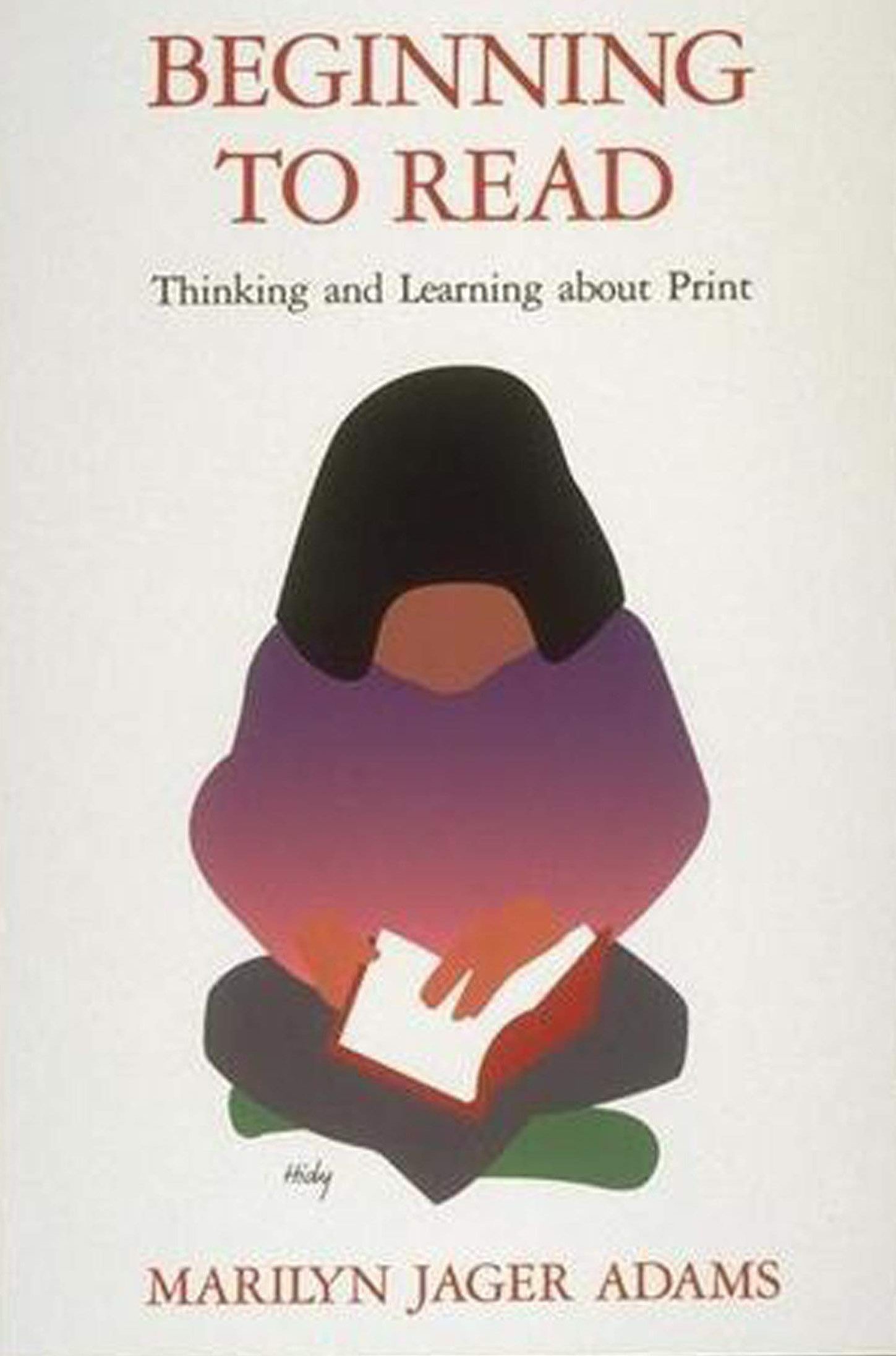
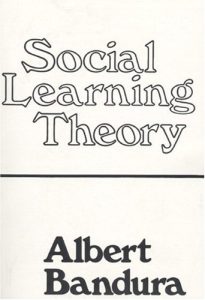
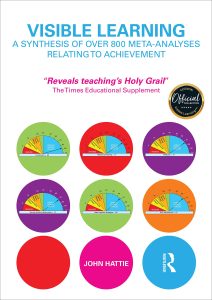
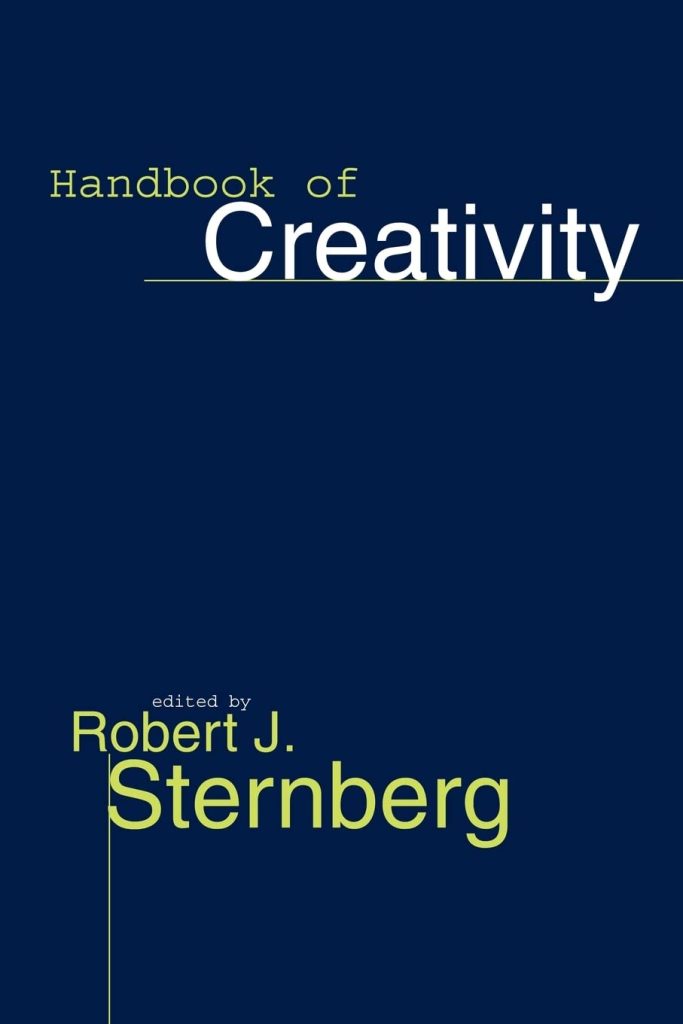
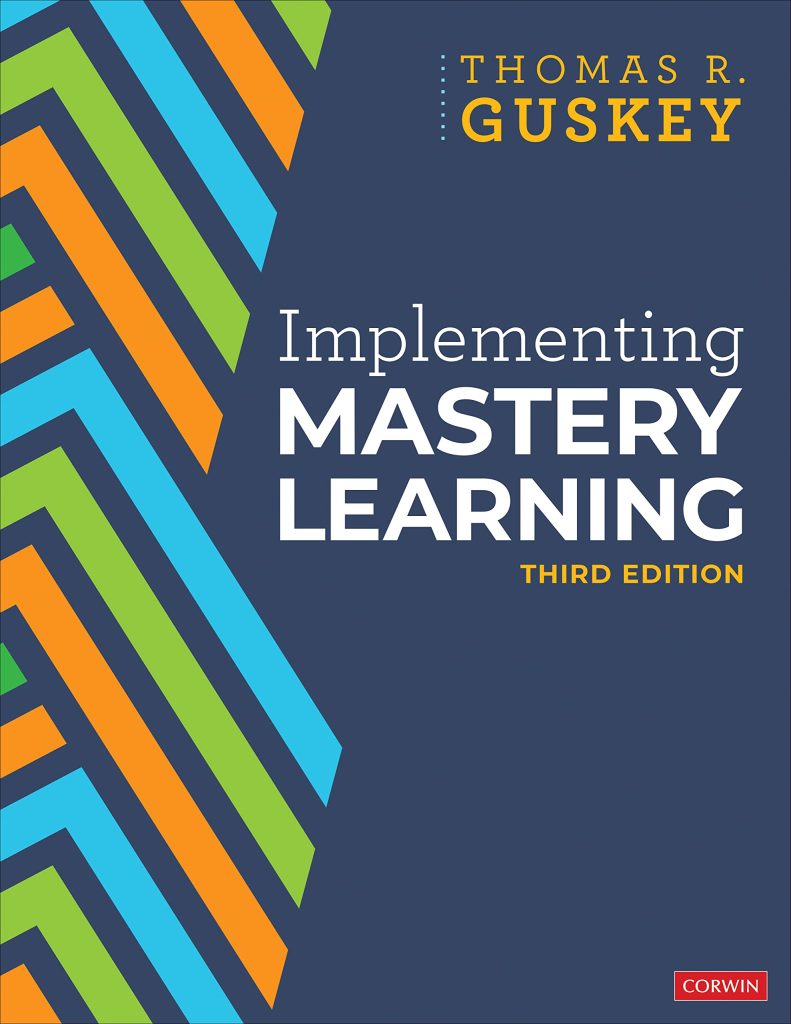
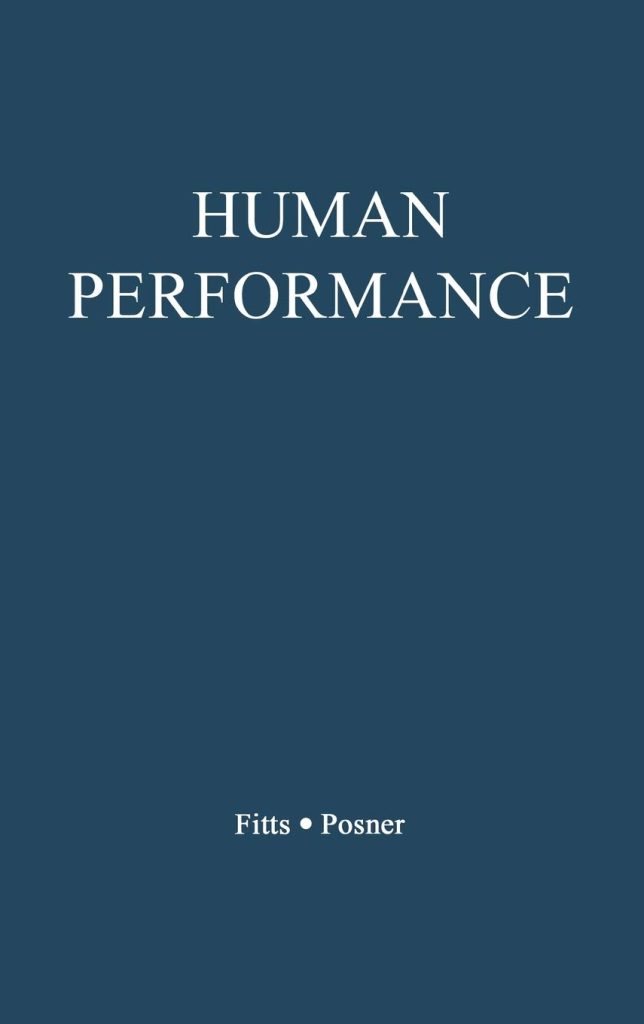
 I'm a Wall Street Journal bestselling author, podcast host, computer programmer and an avid reader. Since 2006, I've published weekly essays on this website to help people like you learn and think better. My work has been featured in The New York Times, BBC, TEDx, Pocket, Business Insider and more. I don't promise I have all the answers, just a place to start.
I'm a Wall Street Journal bestselling author, podcast host, computer programmer and an avid reader. Since 2006, I've published weekly essays on this website to help people like you learn and think better. My work has been featured in The New York Times, BBC, TEDx, Pocket, Business Insider and more. I don't promise I have all the answers, just a place to start.